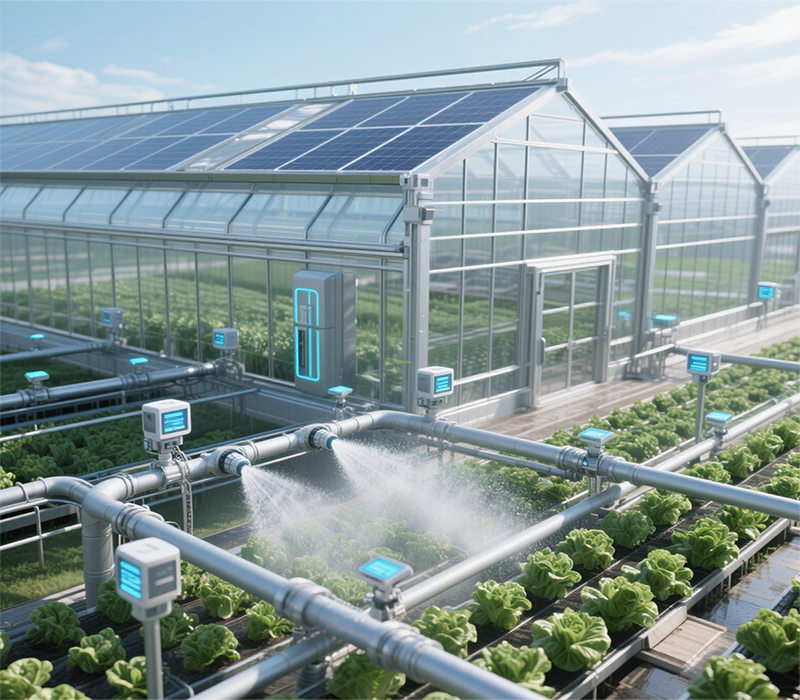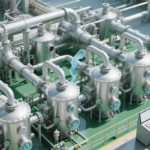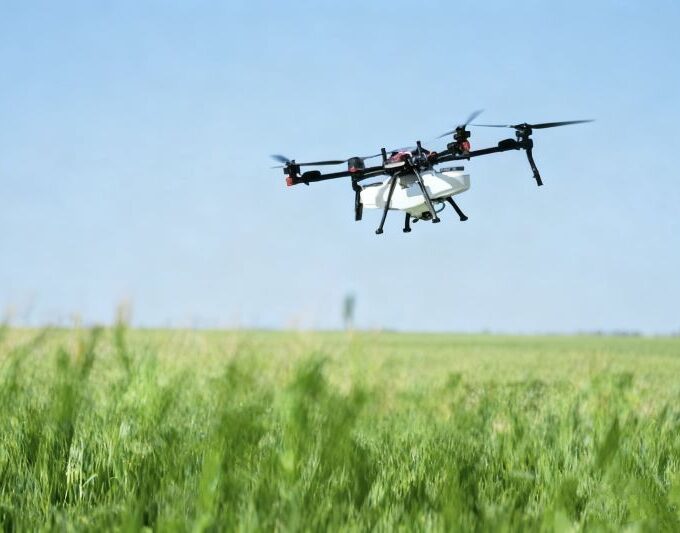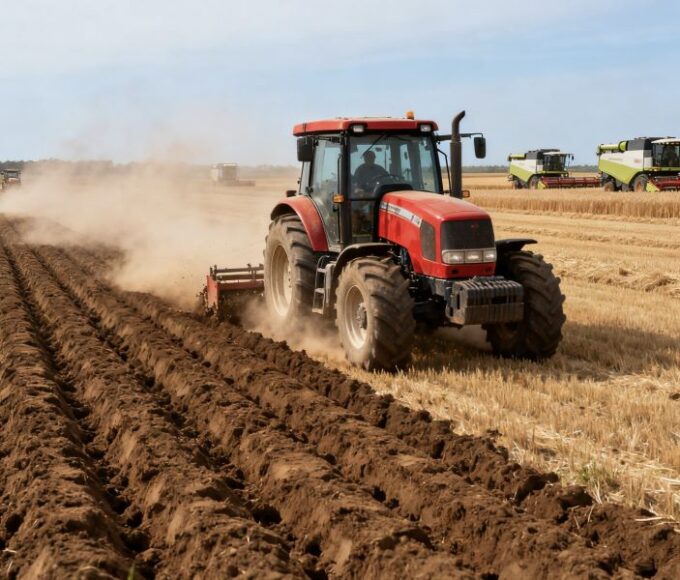Amid the global wave of agricultural modernization, greenhouse automation control systems are undergoing profound transformation as a core driver for improving crop yield and quality. Integrating modern information technology, IoT, automation control, and sensing technology, these systems bring unprecedented precision and convenience to agricultural production. Looking ahead, greenhouse automation systems are showing major trends including deeper intelligent development, sustainable and eco-friendly design, and data-driven industry upgrades.
Deeper Intelligence Expansion Driving Full-Process Upgrades
The integration of Artificial Intelligence (AI) and Machine Learning (ML) technologies is elevating greenhouse automation systems to new heights. These cutting-edge tools analyze vast amounts of environmental and crop growth data to achieve ultra-precise environmental control. For example, by continuously learning from historical and real-time data, the system can predict optimal temperature, humidity, light, and CO₂ levels for specific crops at different growth stages and adjust equipment automatically. During the flowering and fruit-setting stage of tomatoes, the system can maintain the optimal day temperature of 25–28°C, night temperature of 15–18°C, and humidity of 60%–70% based on data analysis, ensuring stable environmental conditions.
Intelligent upgrades are also transforming operational coverage. Tasks like irrigation, fertilization, and pest control are increasingly automated. Drones and robots are widely used in greenhouses — drones can conduct full-scale inspections to detect anomalies or pests early, while robots, equipped with vision recognition, precisely perform tasks like trimming and harvesting. In strawberry greenhouses, automated robots accurately assess ripeness and pick strawberries without damaging unripe fruits, greatly reducing labor costs and improving both efficiency and accuracy.
Green and Sustainable Development Across the System Lifecycle
As global attention to sustainability grows, energy-saving and eco-friendly principles are embedded throughout greenhouse system design and operation. Clean energy sources like solar power and rainwater are increasingly utilized. Solar panels are becoming a major energy source for powering fans, irrigation pumps, and lighting systems, while rainwater harvesting systems collect and filter rainwater from greenhouse roofs for irrigation, significantly reducing external water dependency.
Energy consumption is managed through intelligent control strategies and the use of new energy-saving materials. Equipment operation times and power levels are precisely controlled based on internal and external environmental changes — for instance, ventilation adjusts based on temperature differences and air quality, while shading systems regulate according to sunlight intensity. High-insulation films and low-conductivity building materials also minimize heat loss and reduce winter heating demand. The journal Agricultural and Forest Meteorology once published an article discussing how these measures play a key role in improving energy efficiency and reducing energy consumption in greenhouses.
Moreover, systems are evolving toward multifunctional, green designs. Integration with hydroponic and soilless cultivation techniques allows real-time monitoring and automatic adjustment of nutrient solution pH and concentration. Some greenhouses also serve tourism and education purposes, blending agriculture with other industries. Through precise environmental control and biological pest management, these systems reduce chemical use and produce green, safe agricultural products with stronger market competitiveness.

Data-Driven Industry Upgrades Creating a Smart Agriculture Ecosystem
Big data applications have become key engines driving greenhouse automation system upgrades. These systems collect, store, and deeply analyze environmental, crop growth, and market data, allowing farmers and agricultural businesses to understand growth patterns, optimize planting plans, forecast demand, and make informed decisions.
For example, long-term analysis of environmental and yield data can identify the best crop varieties and planting times for specific regions. Market data analysis helps farmers align production with consumer preferences and price trends, improving profitability.
Big data-based smart agriculture platforms integrate upstream and downstream resources efficiently. Input suppliers tailor production and distribution to farmers’ procurement data; produce sellers use real-time yield and quality data to secure early orders; technical experts provide targeted guidance based on platform feedback. This seamless data flow across the supply chain is accelerating the full transition of agriculture toward modernization and intelligent production.
The evolution of greenhouse automation control systems is poised to bring revolutionary changes to global agriculture. By helping producers respond to climate change, resource shortages, and market pressures, these systems promote high-yield, high-quality, efficient, eco-friendly, and safe agricultural production, injecting powerful momentum into global food security and sustainable development. With ongoing technological progress, the future potential of greenhouse automation systems in agriculture is truly limitless.












